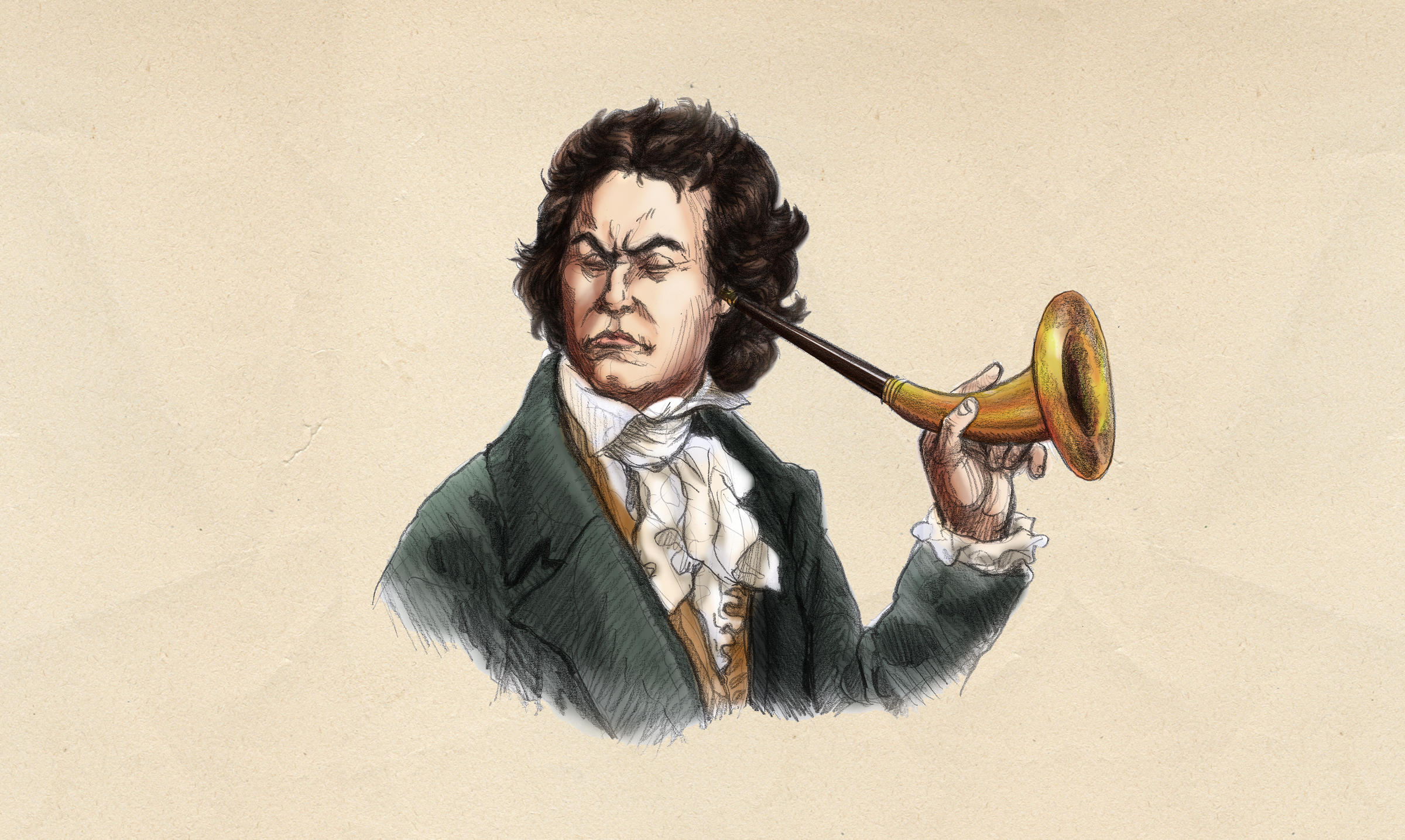Ludwig van Beethoven’s Piano Sonata No. 31 in A-flat major, Op. 110 is one of the composer’s final masterpieces for the instrument, completed in late 1821. As part of his last trilogy of piano sonatas (Op. 109, 110, and 111), this work reflects the profound depth, structural innovation, and emotional intensity that define Beethoven’s late style.
Background and Composition
By the time Beethoven composed Op. 110, he was facing severe personal and physical struggles. His deafness had become nearly total, and he was experiencing significant health problems. Despite these hardships, Beethoven’s creative powers remained undiminished. He composed Op. 110 between the summer and autumn of 1821, completing it in December of that year. It was published in 1822 by the Berlin-based publisher Schlesinger.
This sonata was written during a period of recovery from an illness, and scholars speculate that its introspective and ultimately triumphant character may reflect Beethoven’s personal struggles and resilience. The work also demonstrates Beethoven’s growing interest in counterpoint, inspired by his study of J.S. Bach’s The Art of Fugue and Well-Tempered Clavier.
Structure and Musical Characteristics
Piano Sonata No. 31 consists of three movements, each with its own distinctive expressive qualities:
- Moderato cantabile molto espressivo – The opening movement is lyrical and songlike, with a tender, almost nostalgic quality. Unlike the dramatic openings of many of Beethoven’s earlier sonatas, this movement flows with warmth and serenity, displaying a more introspective and poetic side of the composer.
- Allegro molto – The second movement is a lively and energetic scherzo, featuring rhythmic drive and abrupt dynamic contrasts. It is based on folk-like themes and exhibits a playful, dance-like character, offering a stark contrast to the first movement’s lyricism.
- Adagio ma non troppo – Fuga: Allegro ma non troppo – The final movement is the most complex and deeply expressive. It begins with a mournful arioso section, Arioso dolente, followed by a fugue that gradually builds in intensity. The fugue is interrupted by another poignant arioso passage before returning in an inverted form, culminating in a triumphant resolution. This movement embodies Beethoven’s mastery of fugue writing, akin to his late string quartets and the Hammerklavier Sonata.
Reception and Legacy
Beethoven’s Piano Sonata No. 31 was not widely performed during his lifetime, but it has since been recognized as one of his most profound and innovative piano works. Pianists and scholars admire the sonata for its emotional depth, structural ingenuity, and technical challenges. It has been performed and recorded by numerous great pianists, including Artur Schnabel, Wilhelm Kempff, Maurizio Pollini, and András Schiff.
The sonata’s fusion of lyricism, drama, and contrapuntal mastery makes it a cornerstone of the piano repertoire. It represents Beethoven’s late-period philosophy, where suffering and struggle ultimately lead to transcendence and victory. Today, Op. 110 continues to inspire audiences and musicians alike, standing as a testament to Beethoven’s genius and resilience in the face of adversity.


Comments are closed